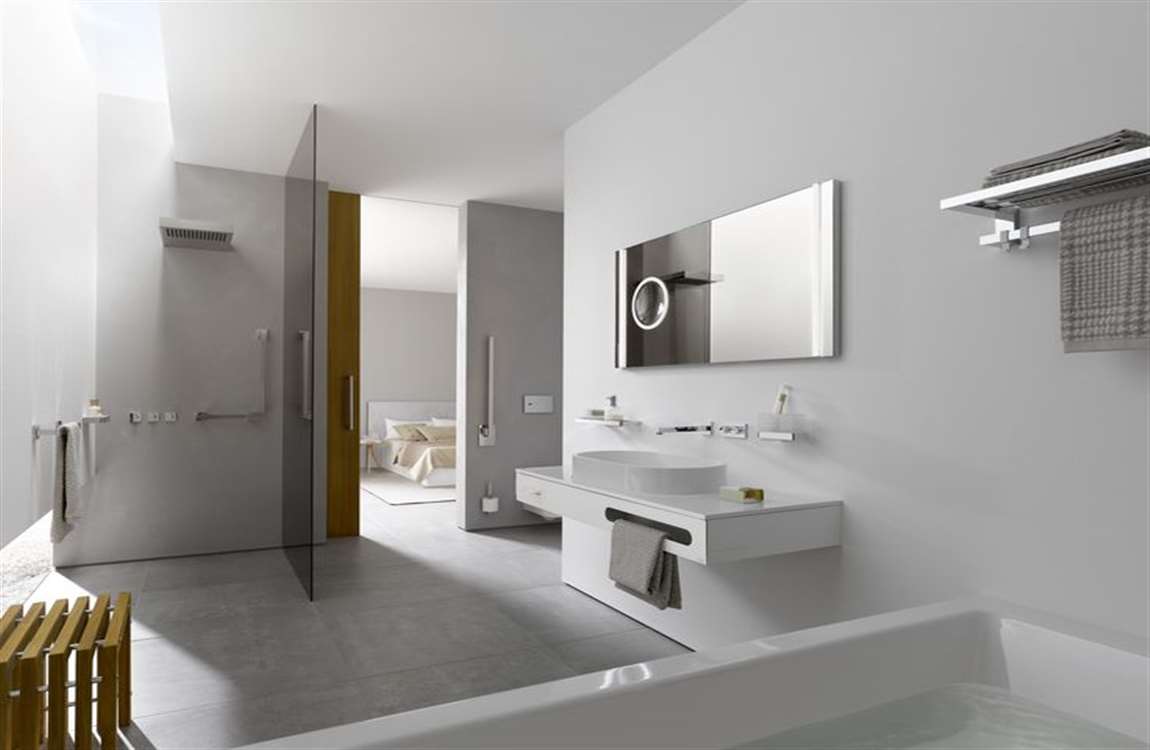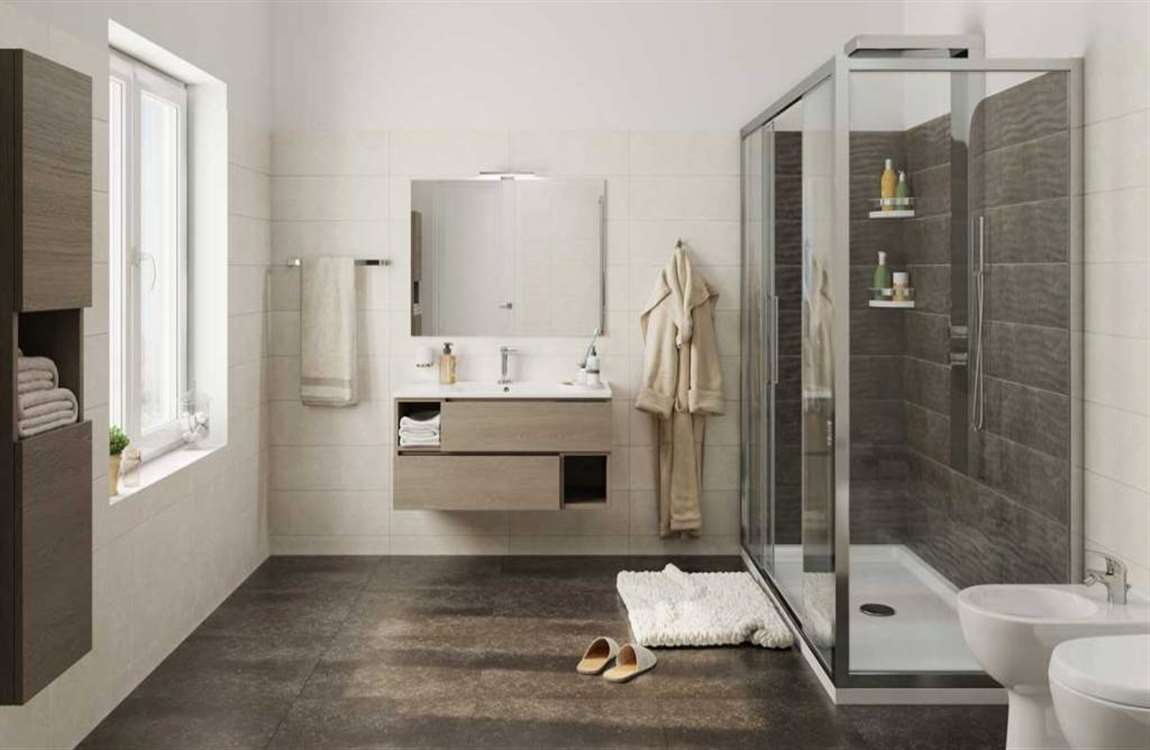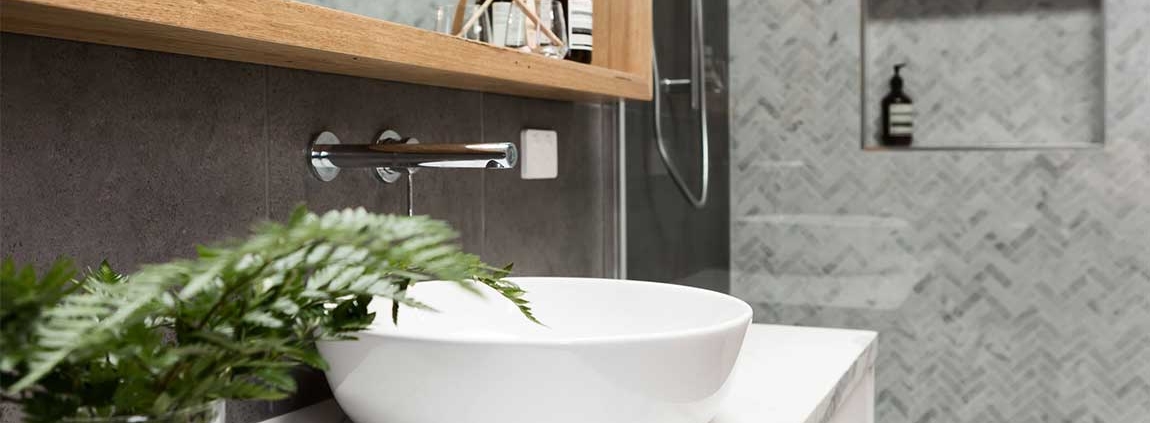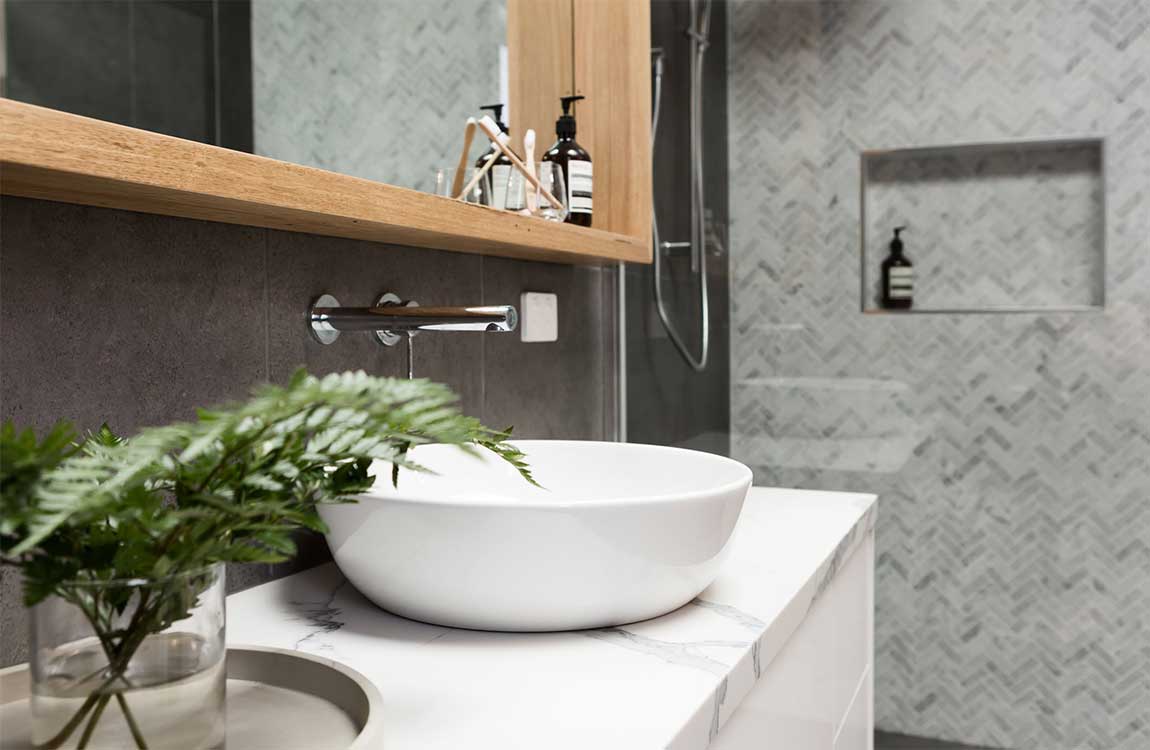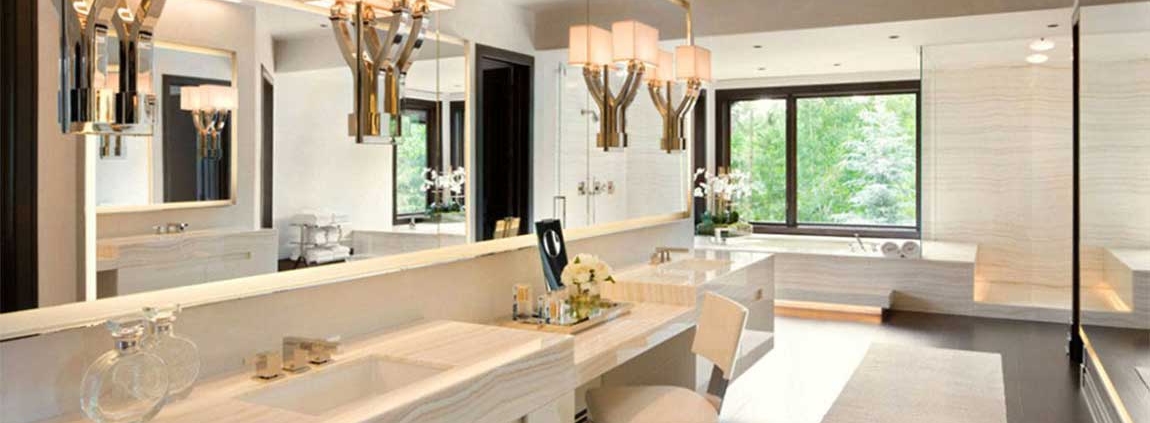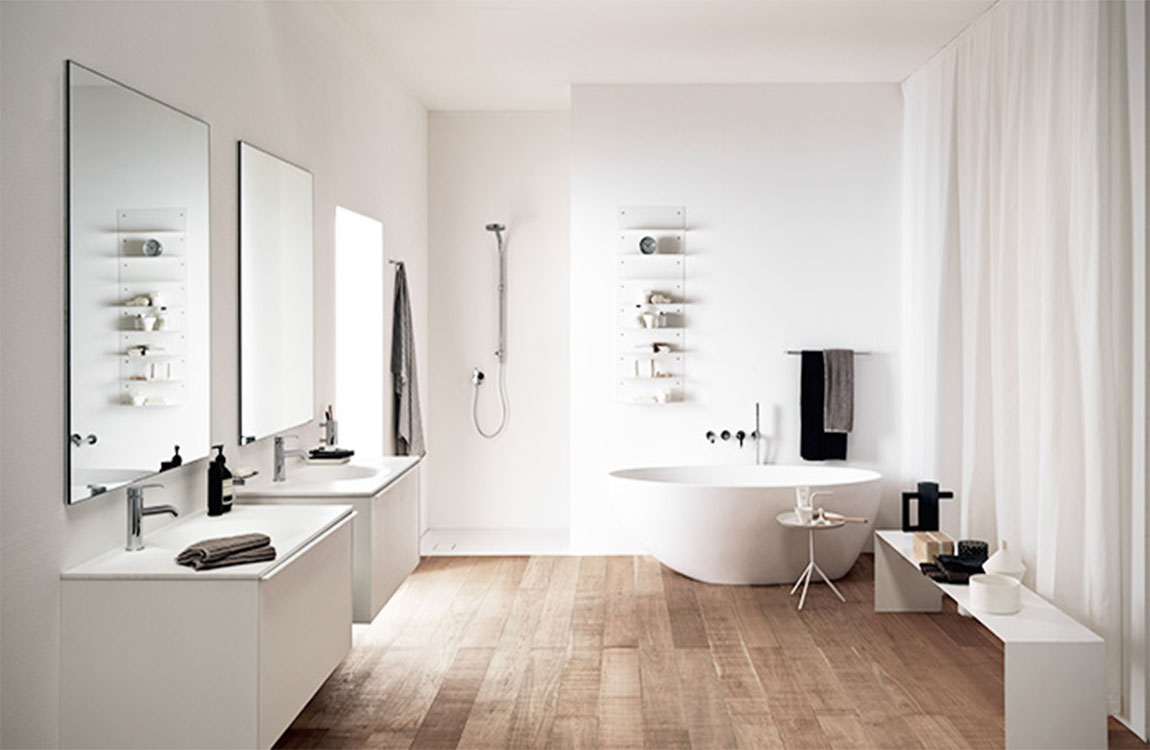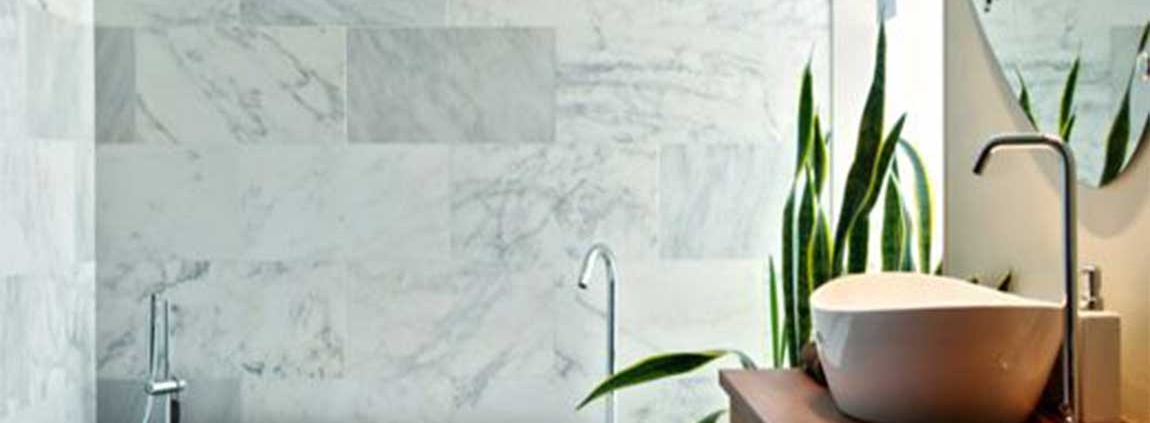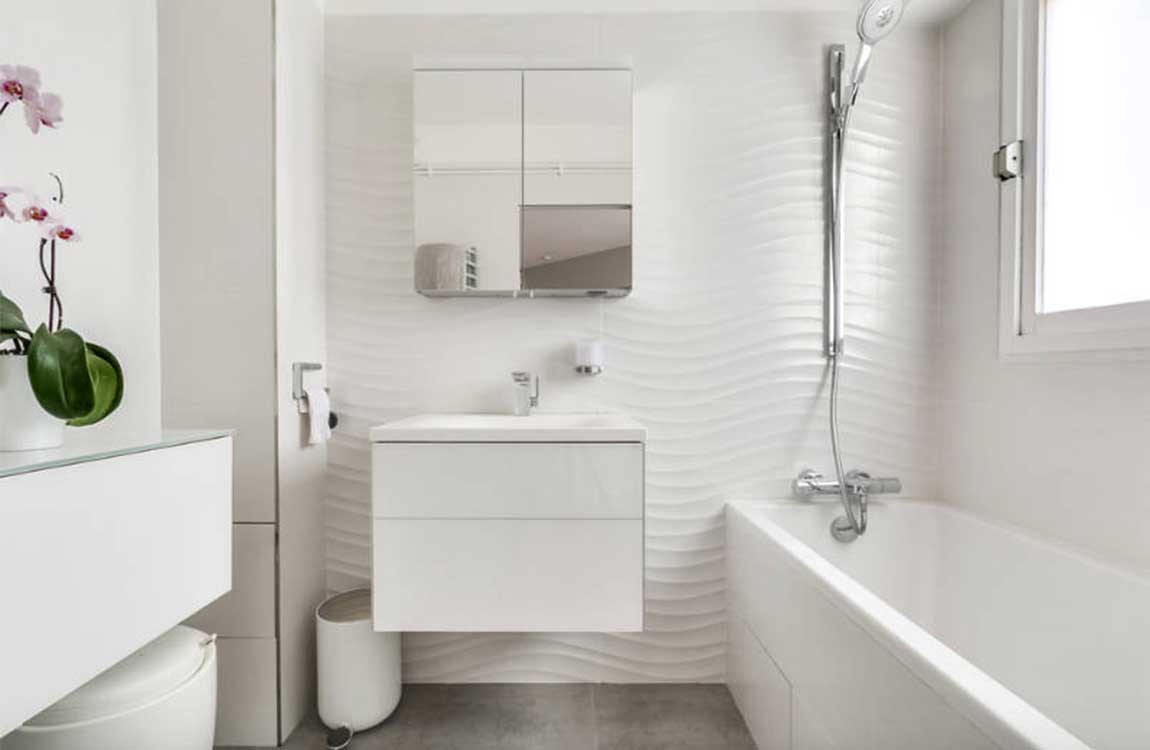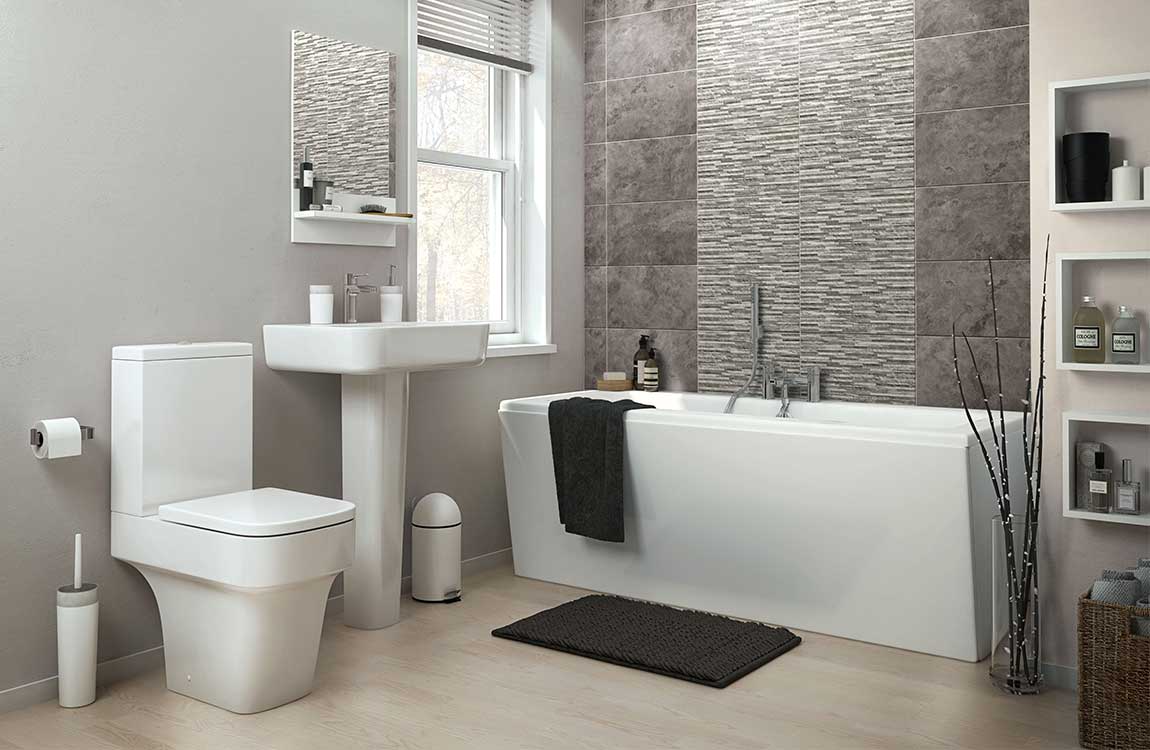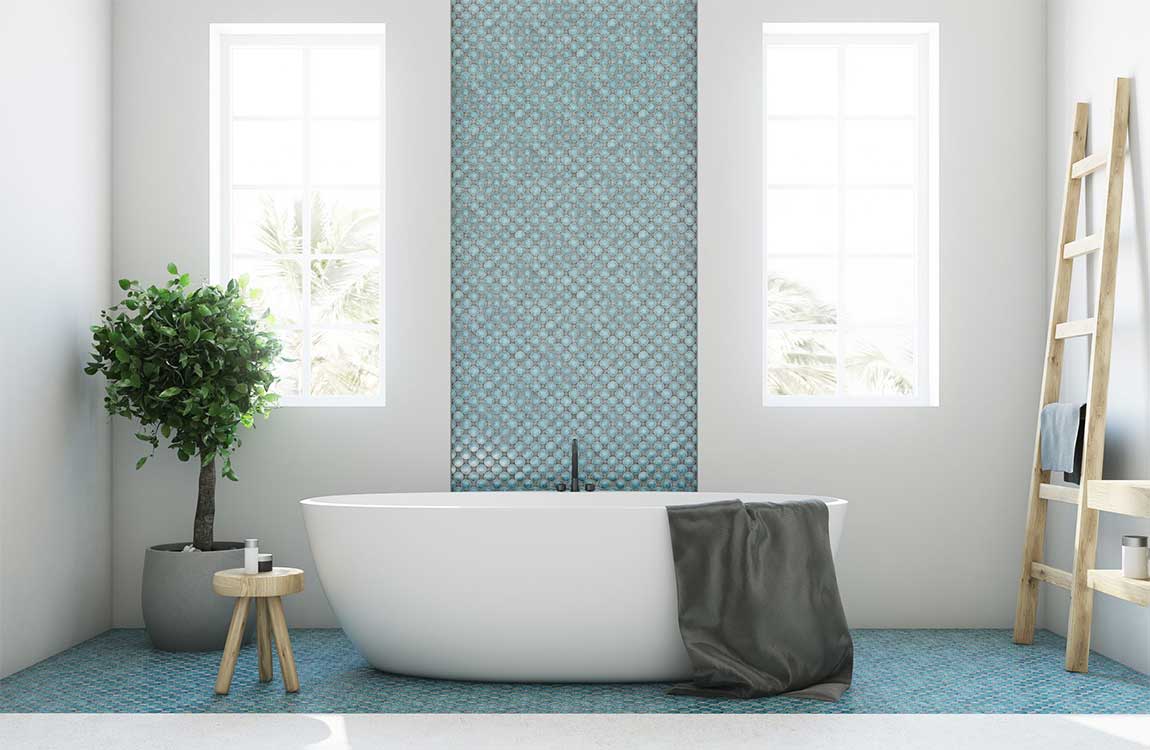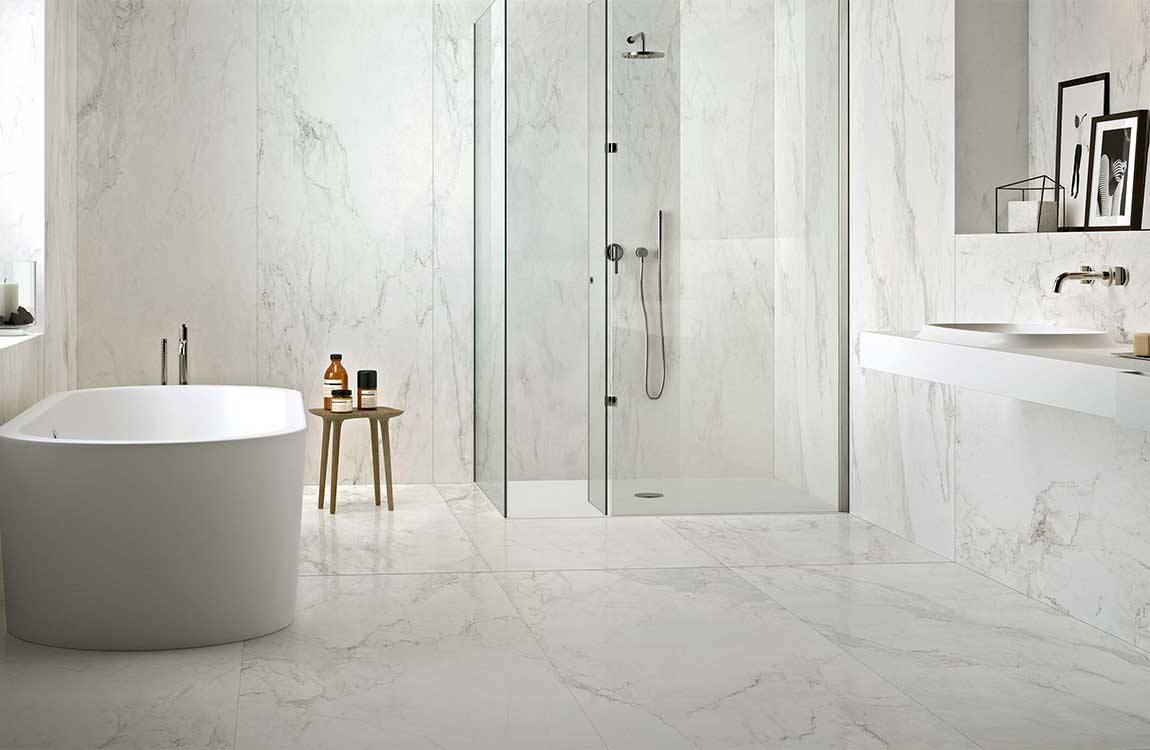How to Remove Bathroom Mold?
Mold commonly thrives in bathrooms because of the humidity and excess water. Luckily, it’s easy to get rid of the mold with a few basic cleaning supplies! Use either a vinegar, Borax, or bleach solution in a spray bottle to tackle the mold. Simply spray the solution on showers, shower, basins, tiles, grout, or caulking. Then use either a cleaning cloth or a toothbrush to remove the mold. You can also remove mold from bathroom ceilings or walls using similar methods. Always wear protective gloves when cleaning mold and keep the area well-ventilated.
Replace the grout or caulking if you can’t remove the mold stains. If the mold builds up too much, you won’t be able to scrub it away. In this case, use a flathead screwdriver to dig into the grout or caulking, and then lift it up to remove it. Apply the new grout or caulking and clean it regularly to prevent the mold forming more stains. You can apply a sealer over the new grout or caulking to prevent it from being stained.
Wear old clothes and wash them in hot water after cleaning mold. It’s best to wear old clothes that you don’t mind getting stained or damaged by the cleaning solutions and hot water wash cycle. Always use hot water to wash your clothes with immediately after you have finished cleaning so that the spores trapped in the fabric are killed and don’t spread. It’s especially important that you wear old clothes if you are using bleach. This is because bleach can remove the color from fabrics.
Keep the bathroom ventilated while you are cleaning. Open as many windows are possible and turn on the bathroom fan if there is one. This helps to prevent you inhaling the mold spores and any toxic fumes that may be released by the cleaning solutions. You can also bring a portable fan into the bathroom if you have one.


